Shopify Product Vendor: How to Integrate and Tips to Manage

In the constantly changing digital landscape, effective vendor management stands as a pivotal factor in the success of a Shopify store. Integrating vendors into your Shopify platform enables streamlined inventory management, facilitates product assortment expansion, and enhances collaboration with suppliers. In this all-encompassing manual, we will lead you through the complete procedure of incorporating vendors into Shopify, offering a step-by-step approach.
Let’s embark on this journey to delve into the significance, advantages, and optimal methodologies of integrating Shopify product vendors into your store.
What Are Shopify Product Vendors?
Shopify product vendors refer to the entities behind the products available in a Shopify store, including brands, manufacturers, or suppliers. Within the Shopify framework, vendors play a vital role in organizing and monitoring products based on their origin or supplier.
Utilizing vendors aids in structuring the product inventory, especially when dealing with items from various suppliers or brands. For instance, in the electronics niche, products may originate from vendors such as Apple, Samsung, or Sony.
From a backend perspective, vendors offer valuable insights for reporting purposes. This includes analyzing sales performance across different vendors or streamlining restocking procedures by categorizing products according to vendors.
For stores employing dropshipping, where goods are shipped directly from the vendor to the customer, efficient vendor management is imperative. Identifying the appropriate vendor for each order becomes essential in such operations.
Benefits of Integrating A Product Vendor To Your Shopify Store
Before we delve into the step-by-step process, let’s take a moment to grasp the significance of adding vendors for the success of your Shopify store.

-
Better Inventory Management: Linking products to their respective suppliers establishes a clear and organized inventory system, simplifying tracking and ensuring accurate stock levels and product origins.
-
Build Customer Trust: Displaying vendor details promotes transparency, allowing customers to understand the sources of the products they purchase. This fosters trust and loyalty towards your brand.
-
Strengthen Vendor Relationships: Effective vendor management can improve supplier relations, potentially leading to discounts and fruitful partnerships.
-
Faster Order Fulfillment: Assigning vendors to products accelerates order processing, enabling you to quickly identify which vendor needs to handle shipping. This minimizes errors and enhances customer satisfaction.
-
Quality and Variety: Partnering with reputable vendors enhances the quality and variety of your product offerings. By offering trendy, high-quality items, you can differentiate your brand in the market.
-
Smart Decision-Making: The Product Vendor feature provides valuable insights into vendor performance. You can leverage this data to select the best suppliers, negotiate better deals, and refine your product selection.
-
Diversify Suppliers: Avoid dependence on a single supplier by incorporating multiple vendors into your business model. This ensures resilience against supplier setbacks and disruptions.
-
Targeted Marketing: With vendor-specific products, you can tailor marketing campaigns to specific brands or product lines, allowing for more precise and effective marketing strategies.
-
Meet Regulatory Requirements: For products subject to regulatory standards, associating vendors ensures easy compliance and accurate origin tracking.
-
Efficient Scaling: As your business grows, managing numerous vendors can become challenging. Shopify’s Product Vendors feature enables efficient scaling, allowing you to expand your business while maintaining organizational efficiency and high standards of customer service.
7 Steps To Integrate Product Vendor Into Your Shopify Store
Below is an extensive, step-by-step manual on how to integrate a Shopify product vendor into your store:
Step 1: Log in to your Shopify account
Access to the Shopify admin dashboard which is where all managing and modifying actions for your online store are made.
Step 2: Navigate to the “Products” section
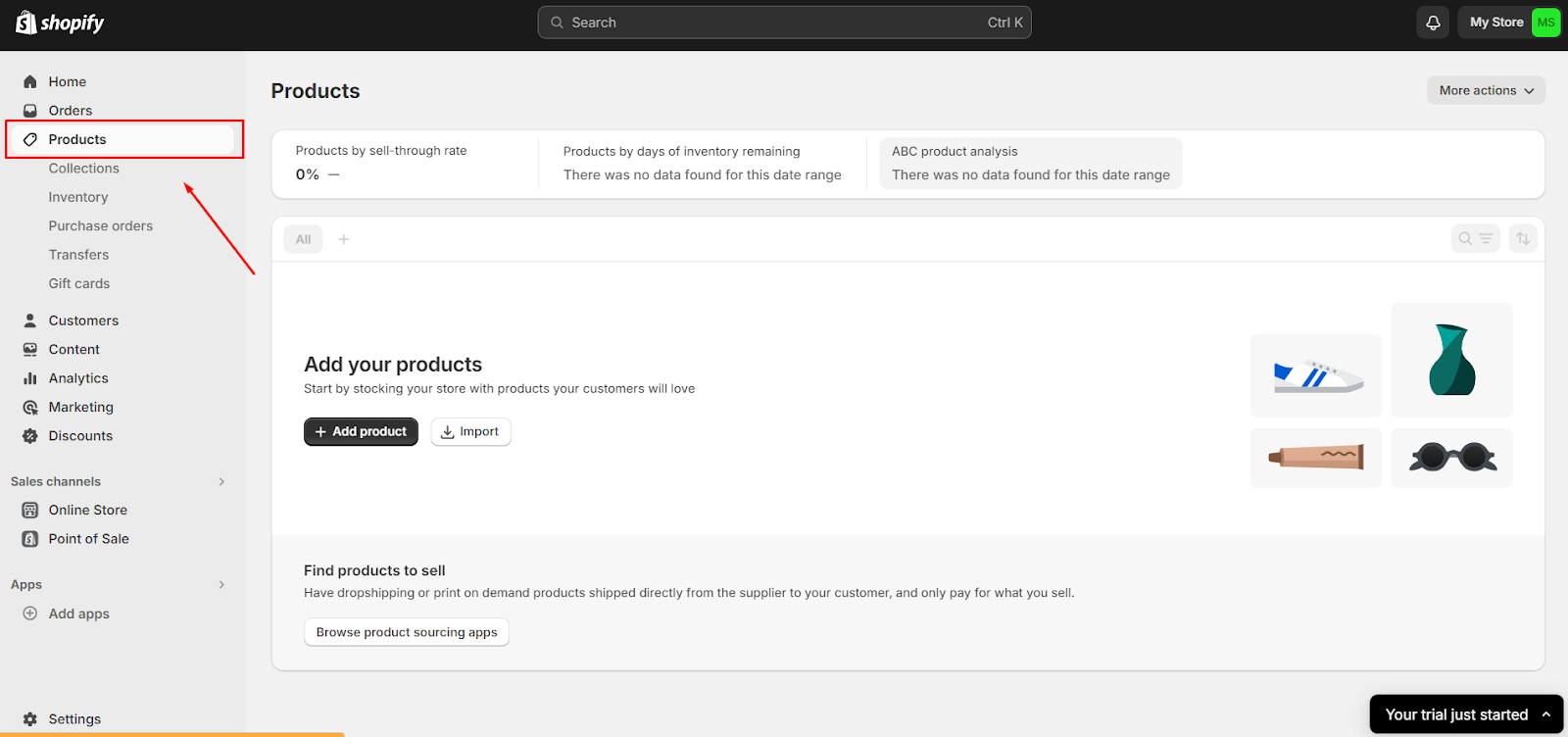
Locate and click on the Products tab situated on the left side of the admin dashboard. This action directs you to the product management page.
Step 3: Add a new product
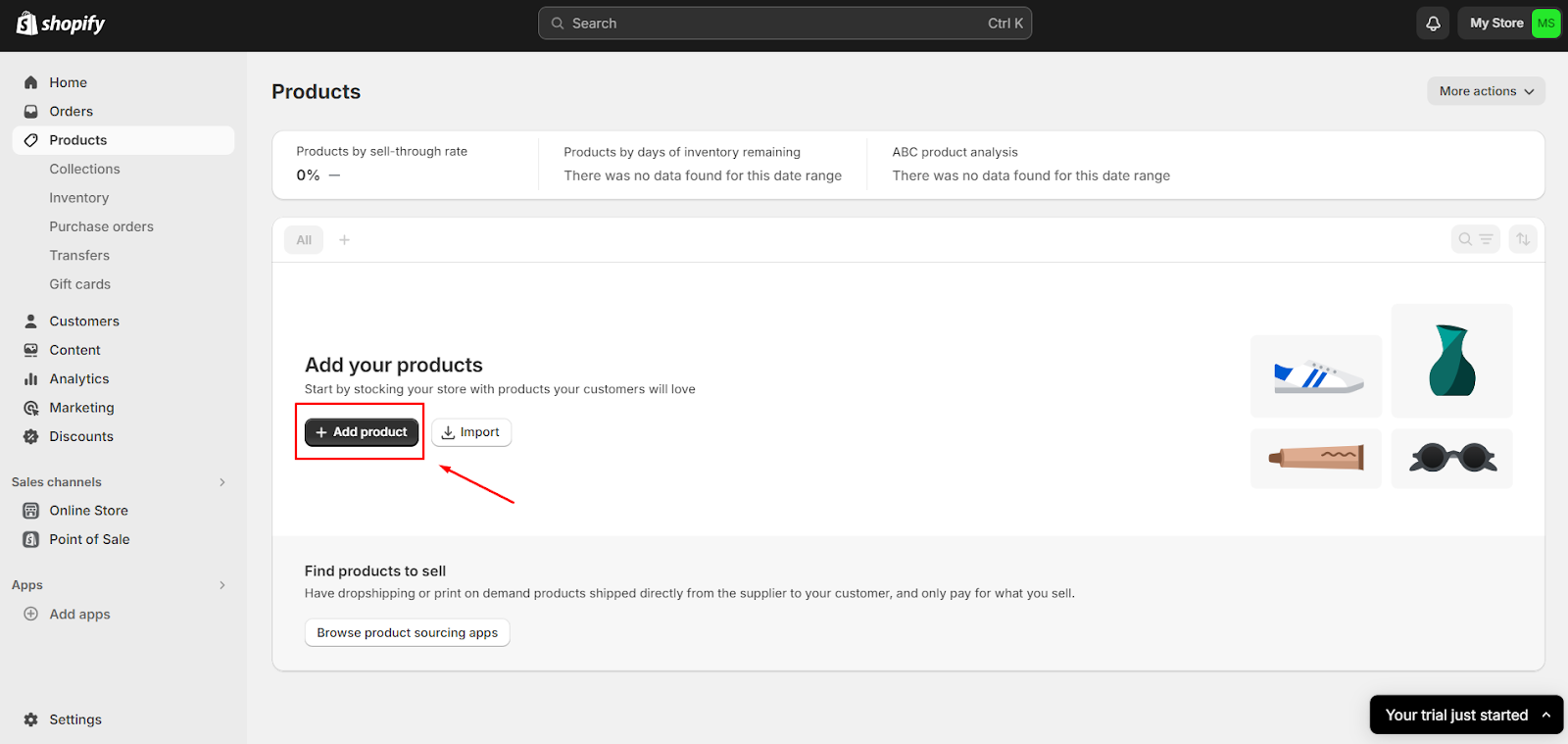
To introduce a new product vendor, click on the Add product button. This action opens a new page where you can input the product details.
Step 4: Input the product vendor information
Scroll down to the Vendor section within the product details page. Here, you can input the name of your product vendor.
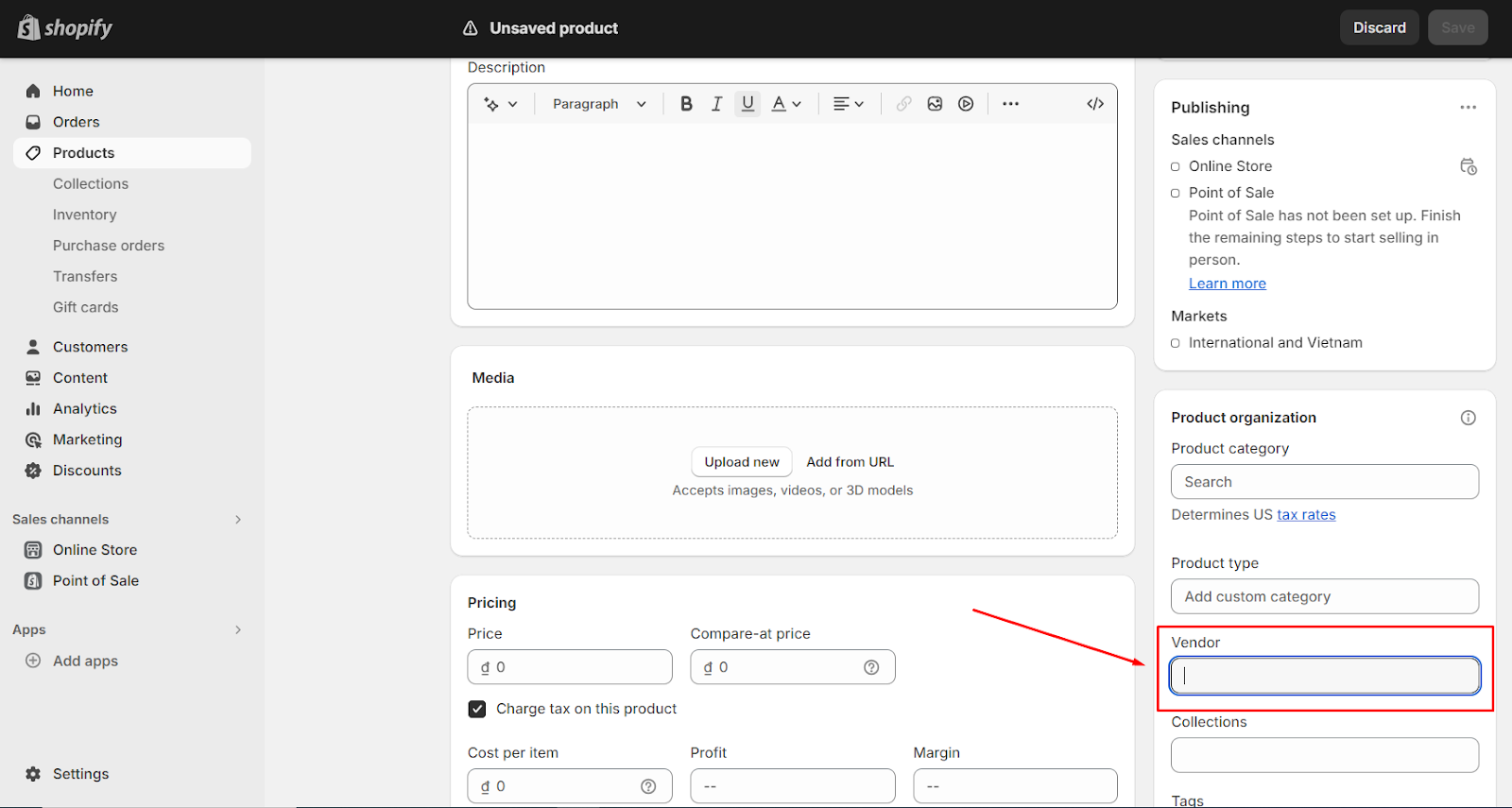
If the vendor exists within your system, begin typing their name, and Shopify will propose existing vendors. If the vendor isn’t listed, you can create a new one by typing their name and selecting the Add vendor option.
Step 5: Save the product details
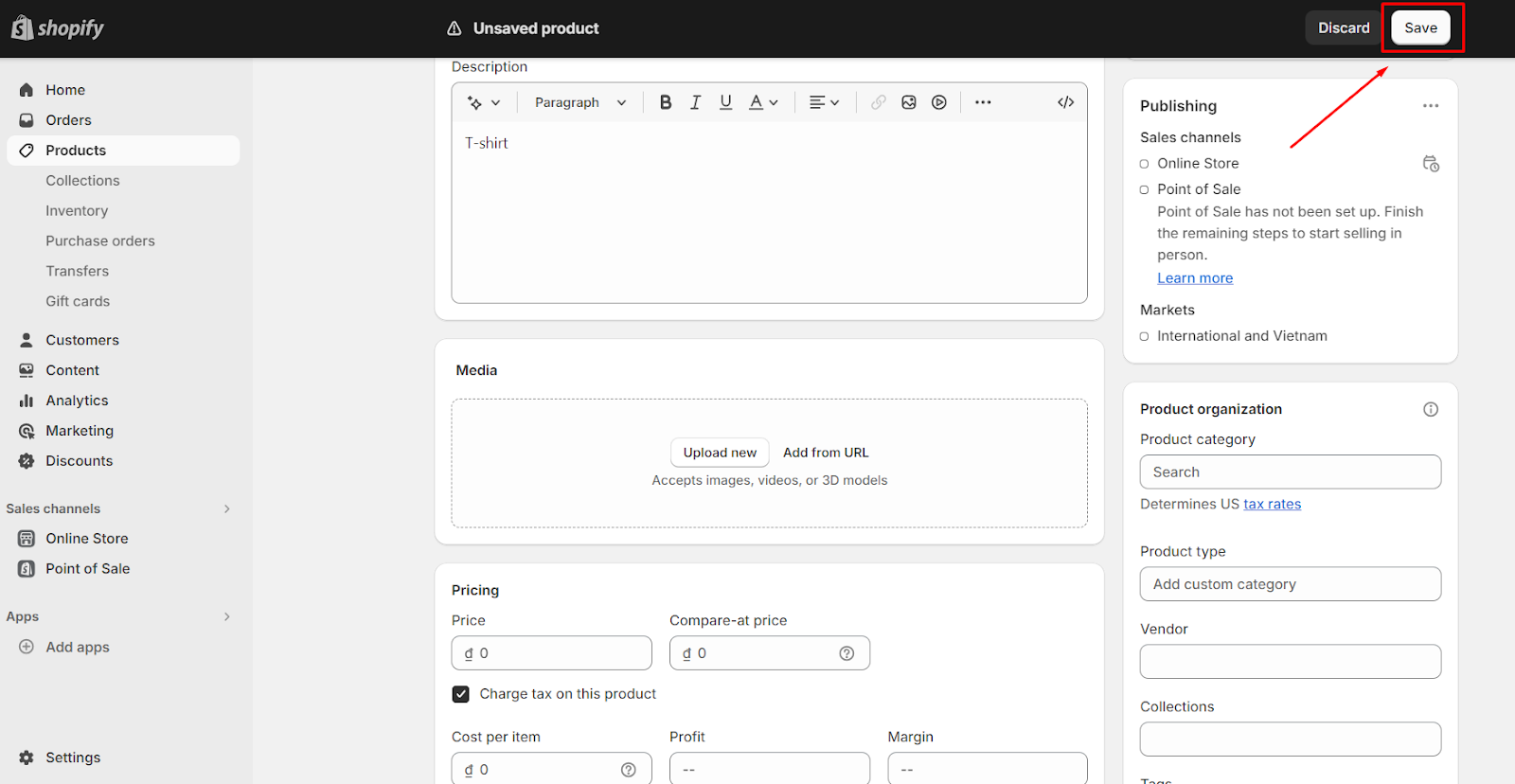
Upon inputting the product vendor information, proceed to complete the remaining product details, including the product name, description, price, images, and variants. Ensure the provided information is both accurate and compelling to entice potential customers.
Step 6: Do the same for additional products
For multiple products from the same vendor, replicate steps 3 to 5 for each product. This ensures proper listing and organization of all products associated with the vendor within your Shopify store.
Step 7: Test and verify
After incorporating the product vendor information into your Shopify store, it’s crucial to conduct testing and verification to ensure accurate display on your storefront. Place test orders and confirm that the vendor’s name appears correctly in order confirmation emails and invoices.
Integrating Multiple Vendors in Shopify
Including multiple vendors in your Shopify store allows you to broaden your range of products and accommodate a more extensive array of customer preferences. Diversifying your product offerings with items sourced from different Shopify product vendors can attract a broader audience and improve their shopping satisfaction.
Strategies for efficient management of multiple vendors
Supplier Contracts and Agreements
Initiate by establishing clear supplier contracts and agreements that delineate the terms of collaboration, encompassing product quality standards, delivery schedules, and pricing. Well-defined contracts serve to prevent disputes and facilitate seamless collaboration.
Communication and Transparency
Maintain transparent communication channels with vendors, conducting regular check-ins to address concerns, share performance data, and ensure alignment. Transparency is crucial for fostering strong vendor relationships.
Quality Control and Performance Metrics
Regularly evaluate vendor performance by monitoring key metrics such as order fulfillment times, product quality, and customer feedback. Identify underperforming vendors and take appropriate measures to enhance their performance or explore alternative options.
Order Consolidation
Where feasible, consolidate orders to minimize shipping costs and simplify order processing. This approach can result in cost savings and streamline operations.
Scalability Planning
Anticipate business expansion and develop scalable vendor management strategies capable of accommodating a growing number of vendors and products while maintaining efficiency. Stay adaptable to changing needs and market dynamics.
Best tools and apps for managing multiple vendors
Vendor Management Apps
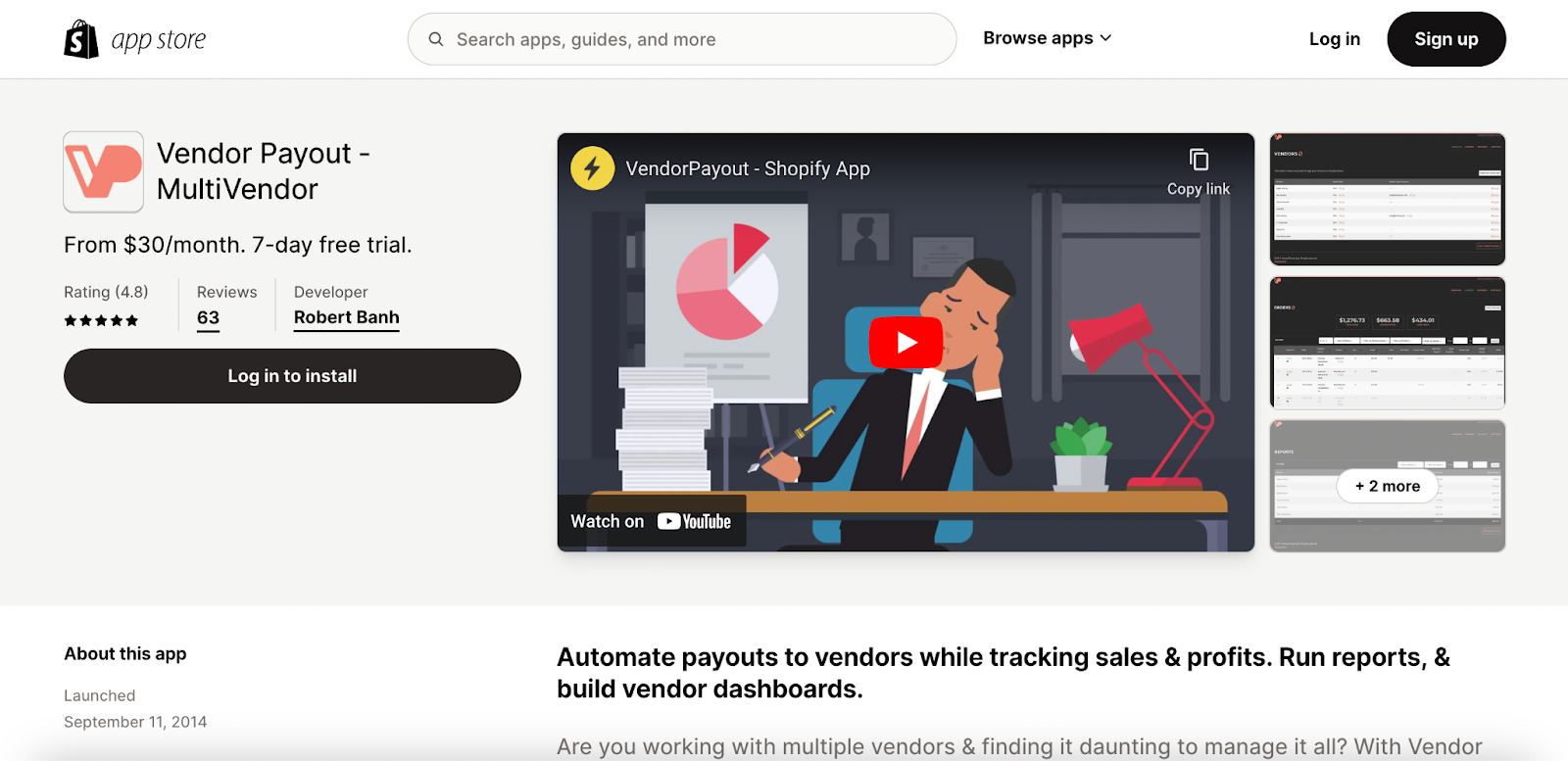
Leverage purchase order management software such as Vendor Payout ‑ MultiVendorCụm từ cần chèn link to generate and monitor purchase orders for various vendors. These tools are instrumental in maintaining a structured procurement process, ensuring efficient management of orders and vendor relationships.
Order Fulfillment Apps
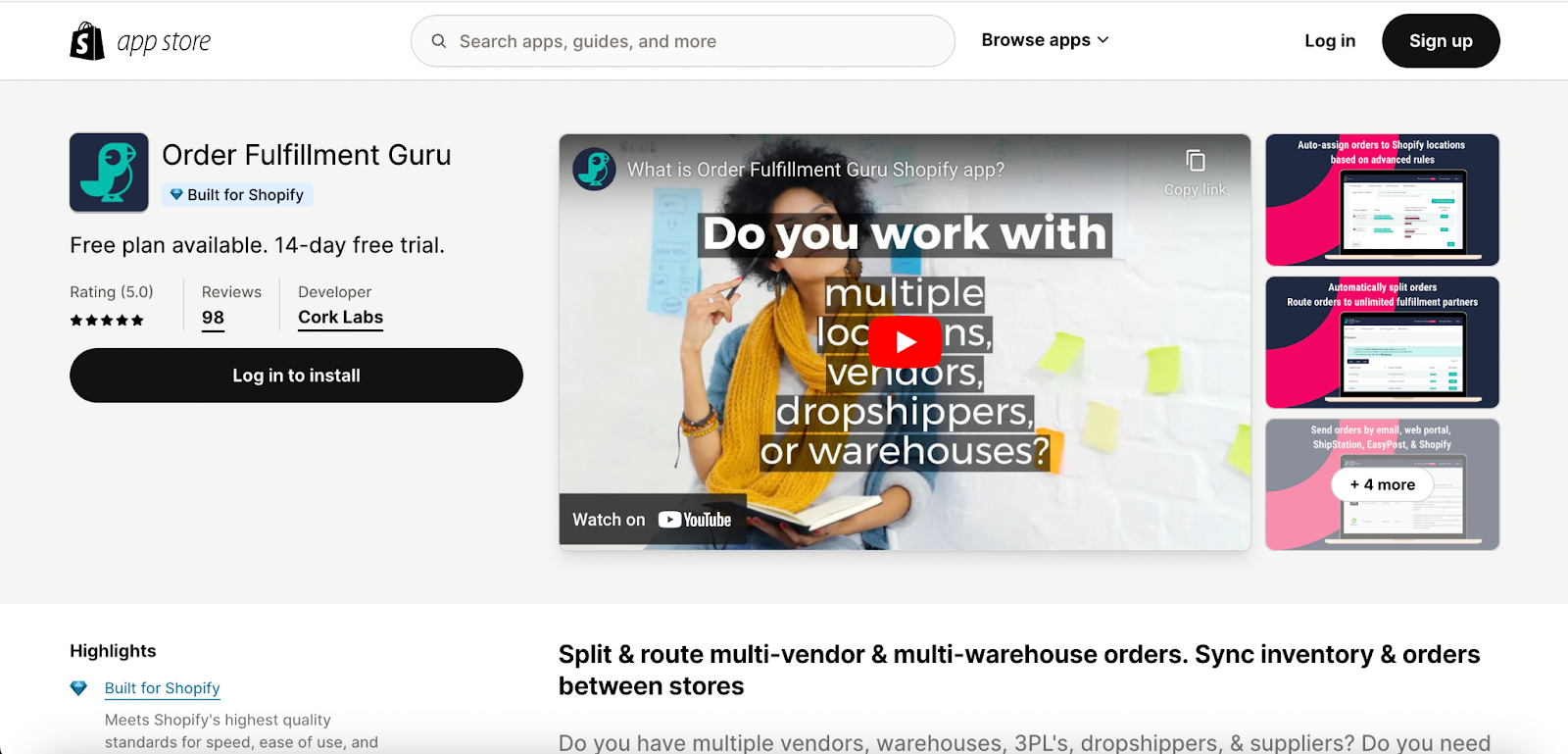
Order Fulfillment Guru holds a stellar reputation on the Shopify app store, boasting a flawless 5-star rating.
This multi-vendor app offers an array of features geared towards ensuring seamless operations for your website. With Order Fulfillment Guru, you can expect a suite of tools designed to enhance the functionality of your multi-vendor platform, facilitating smooth and efficient management.
Inventory Management Software
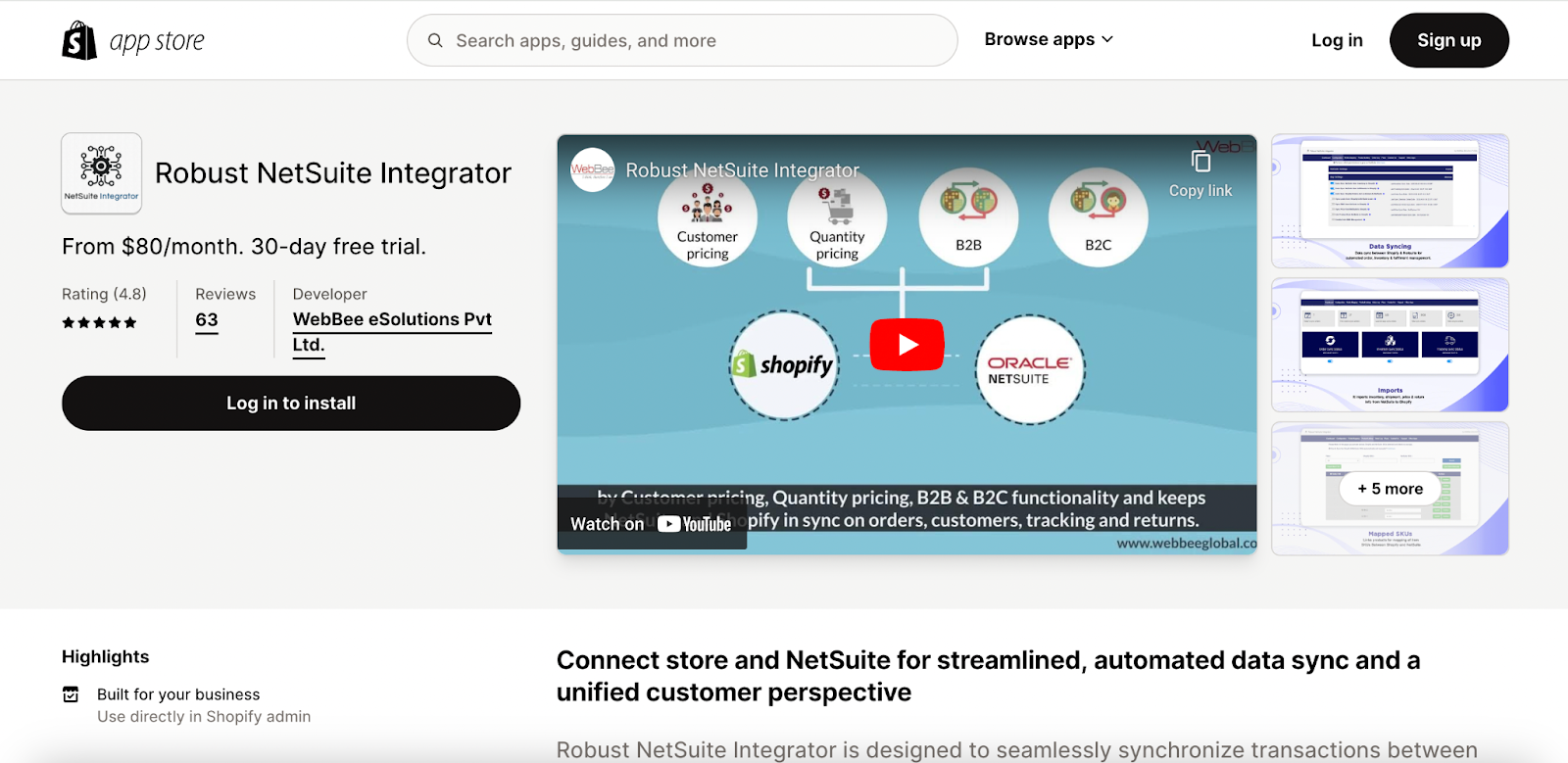
Utilizing tools like the Robust NetSuite Integrator can greatly enhance your inventory management capabilities. With features such as real-time inventory tracking, demand forecasting, and order management, these tools ensure that you maintain optimal stock levels at all times. This enables you to meet customer demands efficiently and avoid stockouts or overstock situations.
Dropshipping Platforms
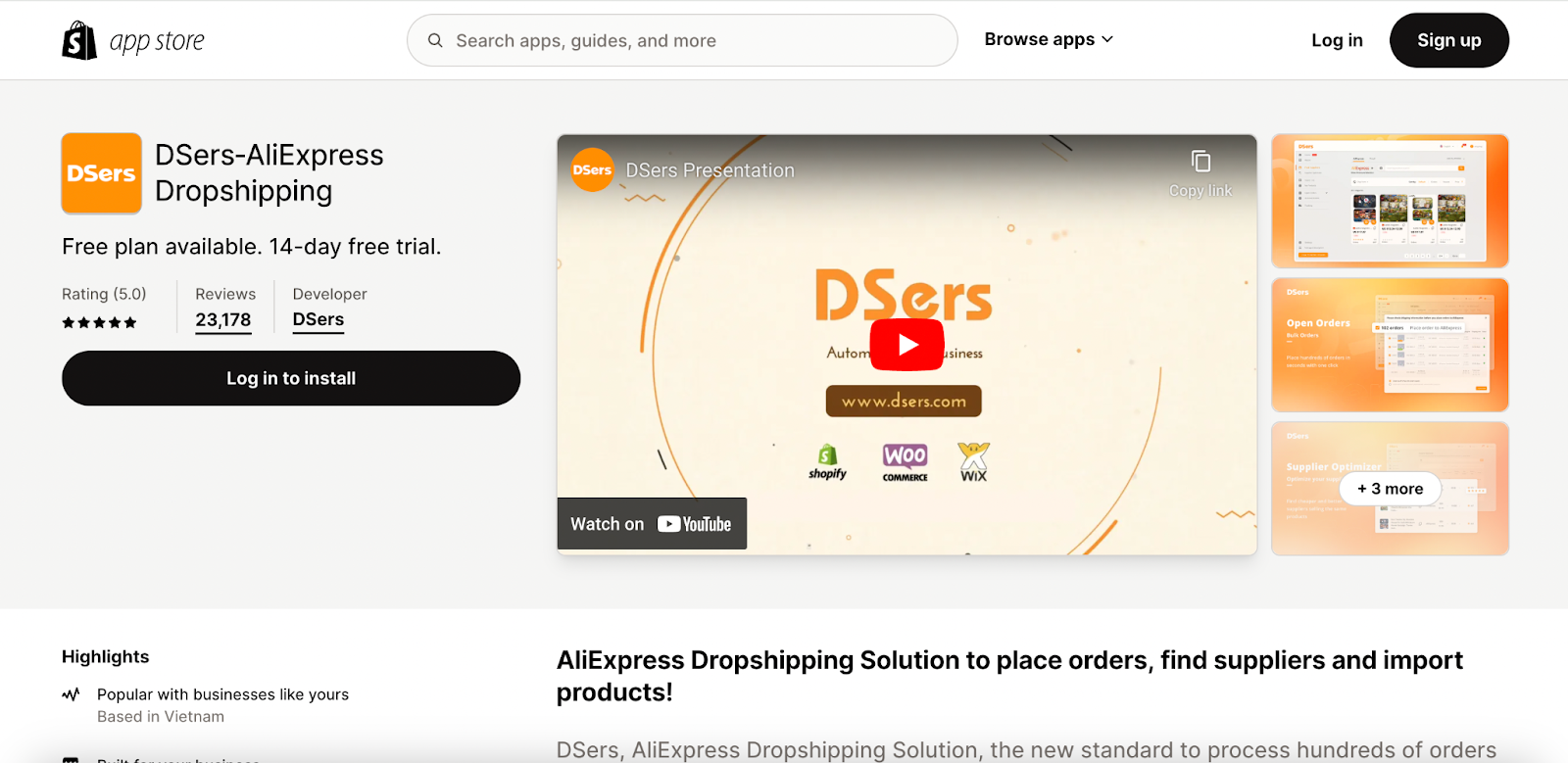
For businesses engaged in dropshipping from multiple vendors, platforms like DSers‑AliExpress Dropshipping can be invaluable. DSers simplifies the process of integrating products from different suppliers into your Shopify store, automating the entire dropshipping workflow. This streamlines operations, allowing for smoother management and increased efficiency in your dropshipping endeavors.
How to Organize and Sort Vendors Effectively
Efficient vendor management necessitates well-organized and sorted vendor lists. Below are some recommendations to streamline your vendor management process:
- Establish a consistent naming convention for vendors to maintain organization.
- Utilize a tagging system to categorize vendors based on specific criteria.
- Create dedicated folders or labels for each vendor to store relevant documents.
- Keep vendor details updated, including contact information and product offerings.
- Foster transparent communication channels for seamless collaboration.
Examples and Success Stories
Gymshark

Gymshark, a UK-based fitness apparel and accessories brand, has experienced rapid growth since its establishment. Utilizing Shopify’s robust tools, they’ve effectively managed relationships with multiple vendors and manufacturers. This has enabled them to ensure timely inventory updates, successful product launches, and overall seamless vendor management.
Kylie Cosmetics

Following its explosive popularity, Kylie Jenner’s cosmetic brand faced the challenge of managing a surge in demand. This required coordination with multiple vendors for product manufacturing, packaging, and shipping. Shopify’s robust vendor management features played a crucial role in streamlining these processes efficiently.
Fashion Nova

Fashion Nova, a fast-fashion brand, manages a multitude of vendors to stay ahead of the latest trends. With Shopify’s capabilities, they efficiently handle thousands of products sourced from various vendors, attributing a significant part of their operational success to Shopify’s robust features.
Conclusion
Following this step-by-step guide, you’ve gained a thorough understanding of how to add Shopify product vendors to your store. It’s essential to recognize that effective vendor management is an ongoing endeavor, necessitating consistent monitoring, communication, and adaptation.
By utilizing the tools, features, and strategies outlined in this guide, you can cultivate robust vendor partnerships, enhance inventory management, and propel the growth of your Shopify store. Embrace the potential of adding vendors in Shopify, and witness your business thrive!






![Top 20+ Must-have Shopify Apps for 2025 [Free & Paid] - Mageplaza](https://cdn2.mageplaza.com/media/blog/must-have-shopify-apps/top-must-have-shopify-apps.png)
![[2025 Updates] Top 10+ Upsell Apps for Shopify - Mageplaza](https://cdn2.mageplaza.com/media/blog/best-upsell-shopify-app/cover.png)